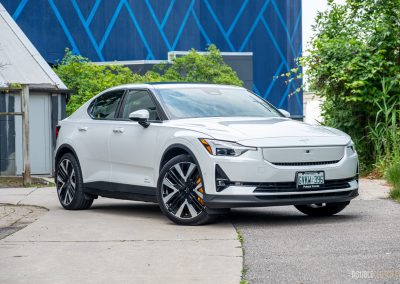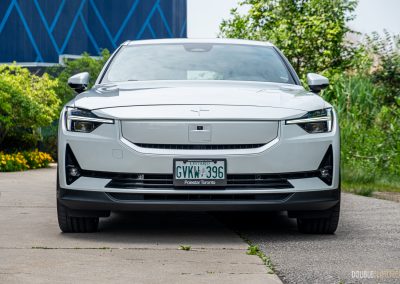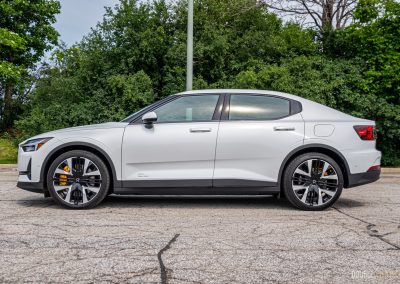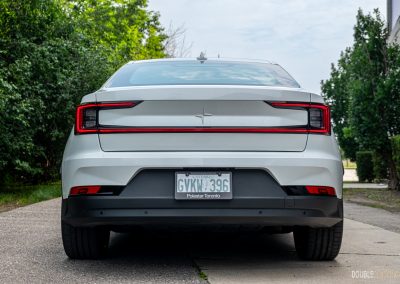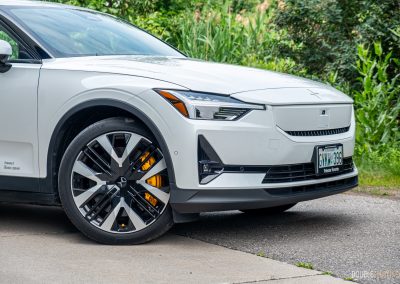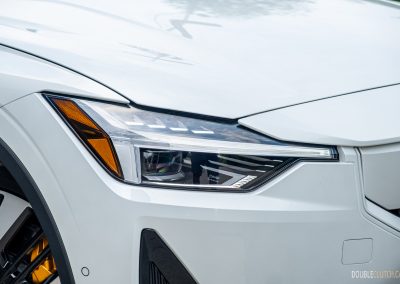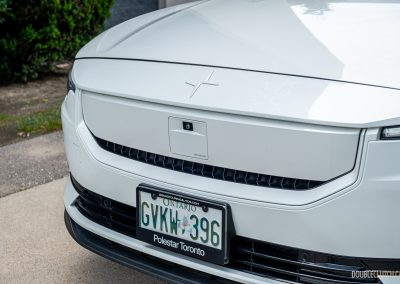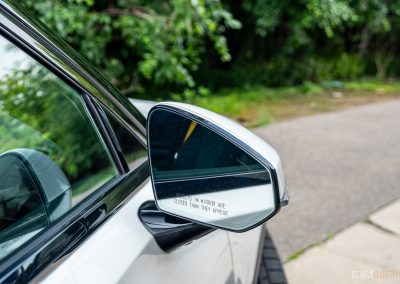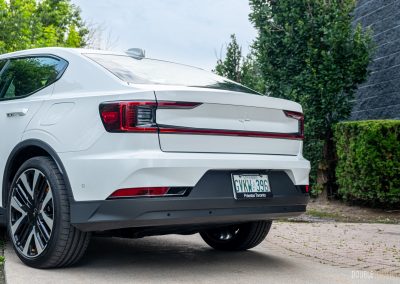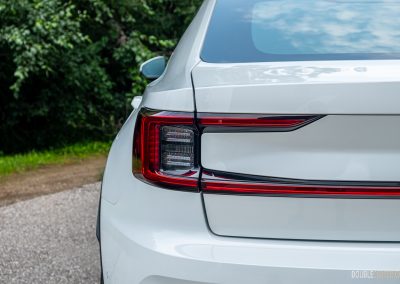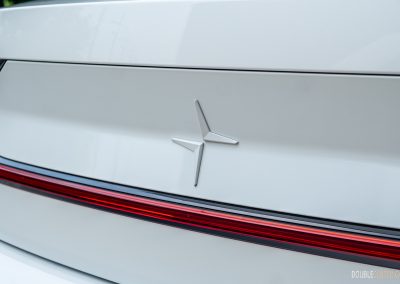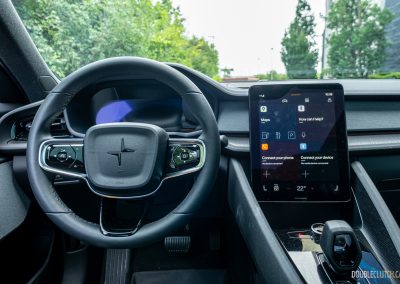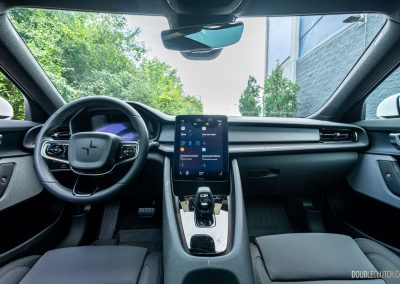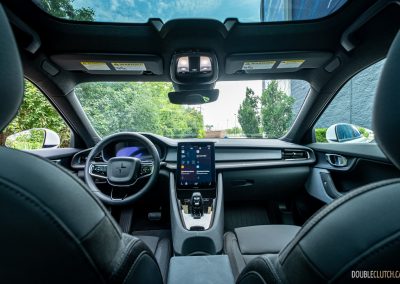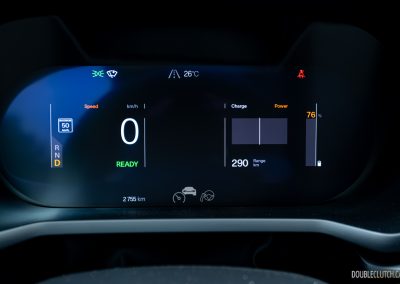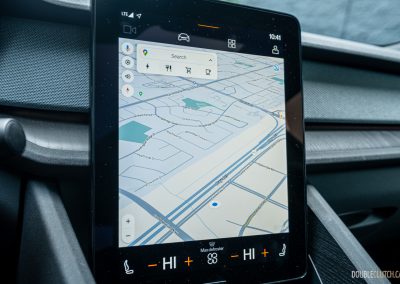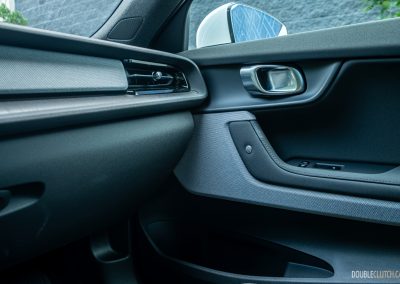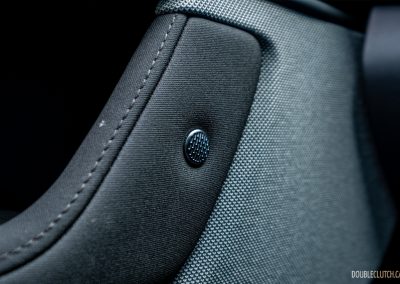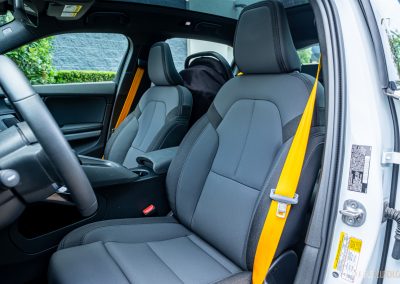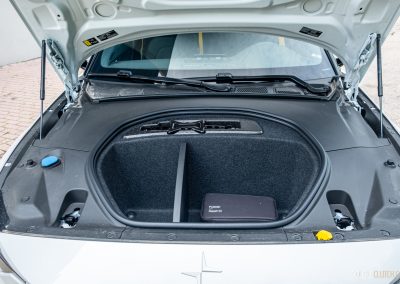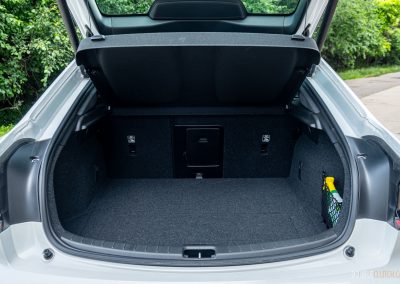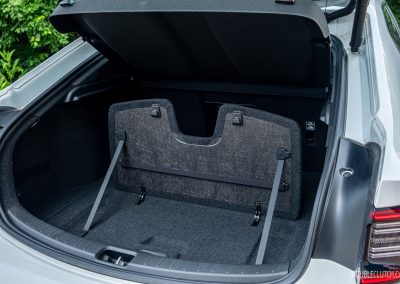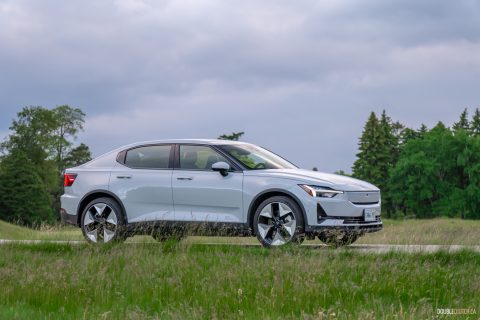When the Polestar 2 first hit our roads four years ago, I was pretty excited for a couple of reasons. One, because I generally like Volvos and Polestar is a Volvo no matter what anybody tells you. And two, because it was an EV that wasn’t trying to be an EV first and foremost, but rather a regular car we’re all accustomed to. This means no weirdly futuristic gimmicks, like spaceship noises or wacky styling for the sake of wacky styling. You know, things that appealed to my old soul. So naturally, I was quite eager to get behind the wheel of a 2024 Polestar 2 Dual Motor Performance.
Polestar has an interesting history. It started off as Volvo’s performance division — think BMW M or Mercedes-AMG — before being spun off into EV-only sub-brand focused on performance, but sharing many of its parts and design elements with the rest of Volvo’s lineup. Seriously, look at the thing. Most would have no clue it isn’t a Volvo. The styling is typical Swedish clean and minimalist, with a boxy shape hiding a useful liftback design. The headlights feature Volvo’s signature “Thor’s Hammer” lighting design, and the rear tail lights also share a striking resemblance to most Volvos. It’s something of a hybrid design, looking like a lifted sedan with body cladding to appease both sedan and crossover buyers alike. It’s quirky but pulls off the look, especially with the attractive 20-inch wheels on our tester.
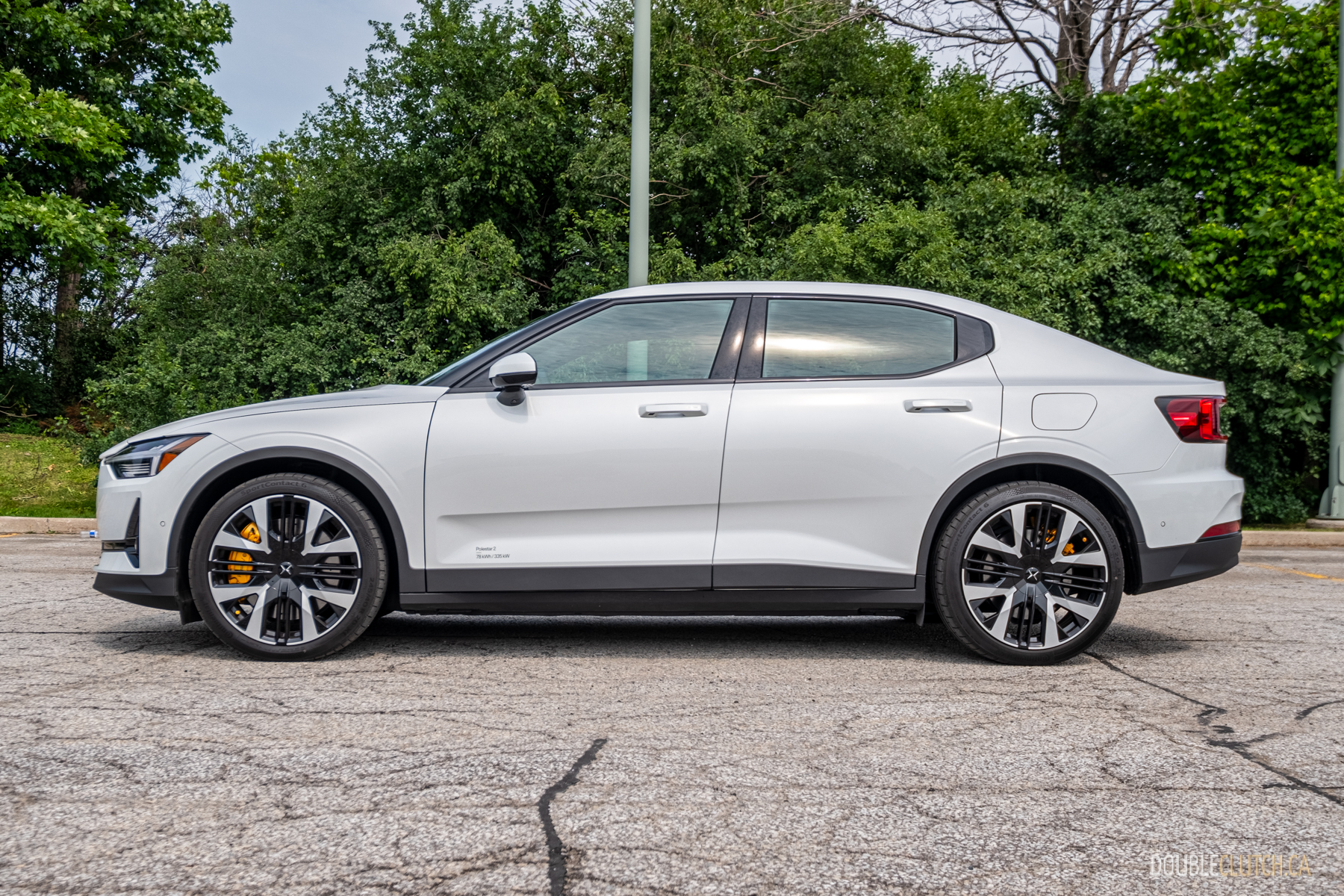
I’m a little less enthused with the recently revised front end, which loses the traditional (and Volvo-like) front “grille” for a body-coloured panel with a rectangular cutout for the camera and radars. Style is subjective, but I feel like this is a step back, as this new arrangement looks like a bit of an afterthought. I do like that Polestar adds a sticker on the front door that tells you how much power it has, whether it’s a single- or dual-motor powertrain, and the size of the battery. It makes it look like a prototype they let out onto the street. Lastly, the Polestar logo colour-matched to the rest of the body adds to the streamlined aesthetic.
Although our deputy editor Nathan loved it, the Polestar 2’s interior is a bit of a mixed bag for me. Polestar is working hard to be carbon neutral by 2030 in a number of ways, including investing in sustainable materials and sourcing those materials ethically. This means a variety of materials and textures throughout the Polestar 2; the wood trim is made from reused birch, which looks great. The seats are upholstered in a fabric called WeaveTech, a PVC-based leather alternative which looks and feels good, but doesn’t come across as premium in a near-$80,000 car like this. However, the fabric on the armrest and certain parts of the dash feels abrasive and plasticky, scraping up my elbow as I rested it on the centre console. Ouch.

But Volvo’s — I mean, Polestar’s — material choices are really the only true drawbacks to speak of. The seats are comfy, and despite the upholstery, the gold seatbelts make up for it. The dash layout is very Volvo, meaning a minimalist design and everything else is where you expect it to be. There’s a good amount of storage throughout, like some clever pockets on either side of the center console, as well as good passenger space no matter where you sit. The Google-based infotainment, operated by a vertically oriented touchscreen, looks a little better than it works but isn’t egregious, although I had to Google — pun intended — how to do a hard reboot because it stopped playing audio via Bluetooth. The digital instrument cluster is cleanly laid-out with nary any lag to speak of, and the steering wheel and shifter fall easily to hand. I’d give the Harman Kardon audio system a solid B+; I wish they’d offer Volvo’s Bowers & Wilkins audio system with the Polestar 2, even as an option.
Out on the road, the Polestar 2’s dual-motor setup is good for 455 horsepower and 546 pound-feet of torque. It’s fun to play with, although you’re taxed rather heavily on range every time you bury the accelerator. It’s very tempting to do so; zero-to-100 km/h takes a brisk four seconds, and unlike some other EVs, the Polestar 2 doesn’t run out of steam the faster you go. Power delivery is creamy smooth, but Polestar does a particularly good job with throttle mapping and avoids the ridiculous artificial noises some other EVs make. The suspension is tuned towards sportiness, but maintains a compliant ride over most imperfections. Steering is light by default, but you can make it heavier via a menu option on the aforementioned touchscreen. Overall, the Polestar 2 feels more athletic than its 4,560-pound curb weight suggests.
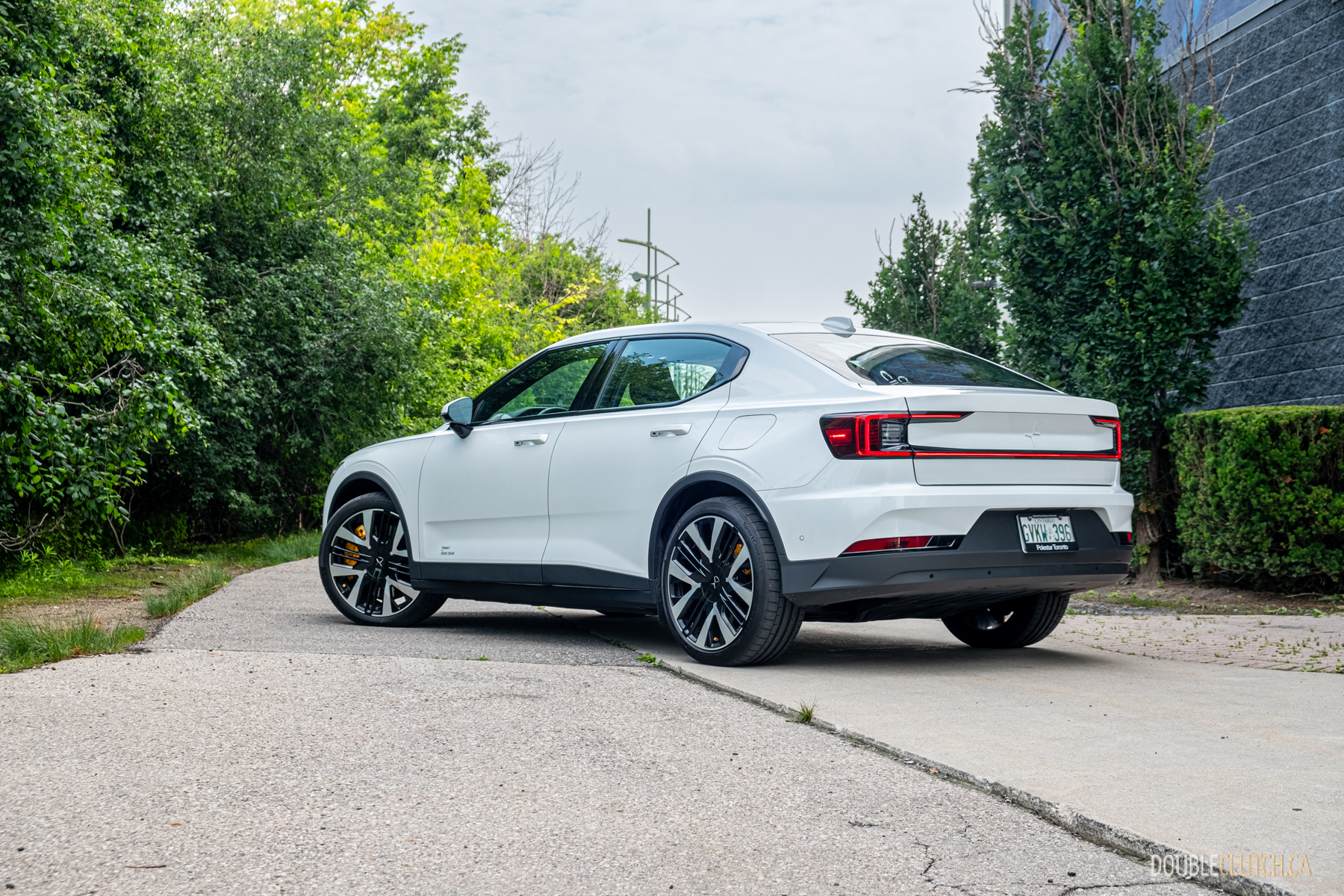
That weight hides a 78 kWh battery — a little small-ish by today’s standards — yielding a modest 408-kilometre range. In reality, it’s often less, as I saw 360 kilometers of range and it dwindles rather quickly if you drive with any level of enthusiasm. Now, this isn’t totally a knock on the Polestar 2 specifically as it’s a general trait with most EVs, but it did seem as though the Polestar 2’s battery depleted a little quicker than I would’ve expected, especially in summer. The Polestar 2 charges at a maximum rate of 151 kW; rather slow in today’s world, but our lacklustre charging infrastructure is just as much of a setback.
At $79,350 as-tested, the 2024 Polestar 2 Dual Motor Performance is neither cheap nor perfect, but for someone looking for an EV that feels familiar and intuitive, and so long as range isn’t your primary concern, it’s an interesting proposition. That being said, the Polestar 2 lineup has a rather wide range of configurations offering more range and substantial price savings in exchange for fewer motors and features. Or, just go all-in and enjoy the power this Dual-Motor Performance setup offers.

